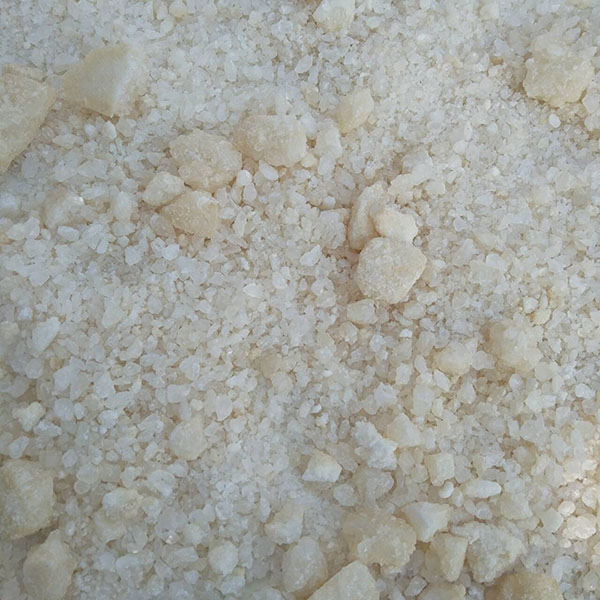Description
Buy Isopropylphenidate online overnight without prescription
isopropylphenidate (also known as iph, ipph, and ippd) is synthetic stimulant
of the piperidine chemical class that produces stimulating, motivating, and
focus enhancing effects when administer. it is a structural analog of the
widely-prescribe adhd medication methylphenidate and is report to produce
near identical cognitive and physical effects, albeit with less of a euphoric
“rush” component and a drawn-out duration of action, properties that
many find preferable for use as a study-aid or productivity enhancer.
isopropylphenidate has been investigate for its potential use as a replacement
for methylphenidate in the treatment of adhd and related disorders. one study
found that it displayed the same basic activity as a norepinephrine–dopamine
reuptake inhibitor (ndri), possessing, along with both methylphenidate and ethylphenidate, an appreciably high affinity for the dopamine transporter and effects on its cellular reuptake. it displayed comparably minor effects on norepinephrine, however, which was theorized to mean it may possess a more desirable safety and toxicity profile.
isopropylphenidate has an extremely short history of recreational use in human and has yet to be documented being sold on the streets. it was initially released following the banning of ethylphenidate, which on april 2015 became illegal in the united kingdom following a temporary-then-permanent blanket ban. shortly after, it became made available for sale on the online gray market as a research chemical for global distribution.
as of 2017, isopropylphenidate continues to remain available and ambiguously legal in many parts of the world, distributed almost exclusively by online research chemical vendors.
chemistry
isopropylphenidate is a synthetic molecule of the substituted phenethylamine and piperidine classes. it contains a phenethylamine core featuring a phenyl ring bound to an amino (nh2) group via an ethyl chain. it is structurally similar to amphetamine, featuring a substitution at rα which is then incorporated into a piperidine ring ending at the terminal amine of the phenethylamine chain. additionally, it contains an isopropyl acetate bound to r2 of its molecular structure, a noticeable departure from methylphenidate, which contains a methyl group in this position.
isopropylphenidate structurally diverges from ethylphenidate and methylphenidate by the length of the carbon chain on their acetate group. iso- regards the side chain of one carbon atom branching into two bound methyl groups, phen- indicates the phenyl ring, id- is contracted from the piperidine ring, and -ate indicates the acetate group. isopropylphenidate is a chiral compound, and has been documented as being produced as a racemic mixture and exclusively as either of its enantiomers.
pharmacology
no formal in vivo human studies carried out using isopropylphenidate; however in vivo rat studies and in vitro studies have been performed to observe the stimulatory effects in rats, and evaluate the monoamine transporter binding affinities and affinities for various hydrolytic enzymes respectively. the results of these studies suggest that isopropylphenidate has a very similar pharmacology to its parent compound methylphenidate, with the notable differences between the two substances being isopropylphenidate displaying significantly less activity as a norepinephrine reuptake inhibitor and the ces1 hydrolytic enzyme, which is exclusively responsible for hydrolysing both substances to ritalinic acid, having an 8 times lower affinity for isopropylphenidate compared to methylphenidate.
these differences result in the substance having more notable dopaminergic activity than adrenergic activity compared to methylphenidate at equivalent effective dosages, and in the substance having a longer duration than methylphenidate and a greater potency than methylphenidate at a given dosage. the greater potency of isopropylphenidate compared to methylphenidate is most significant with oral administration as the difference in potency is a result of the lower affinity of ces1 increasing the bioavailability of isopropylphenidate compared to methylphenidate, which is notably low for methylphenidate when administered orally due to first-pass metabolism in the liver by ces1.
despite the notable differences between the two substances, isopropylphenidate
is still thought to act primarily as both a dopamine reuptake inhibitor and
a norepinephrine reuptake inhibitor, meaning that it effectively boosts
the levels of the norepinephrine and dopamine neurotransmitters in
the brain by binding to and partially blocking the transporter proteins
that normally remove those monoamines from the synaptic cleft.
this allows dopamine and norepinephrine to accumulate within the brain,
resulting in stimulatory effects.





